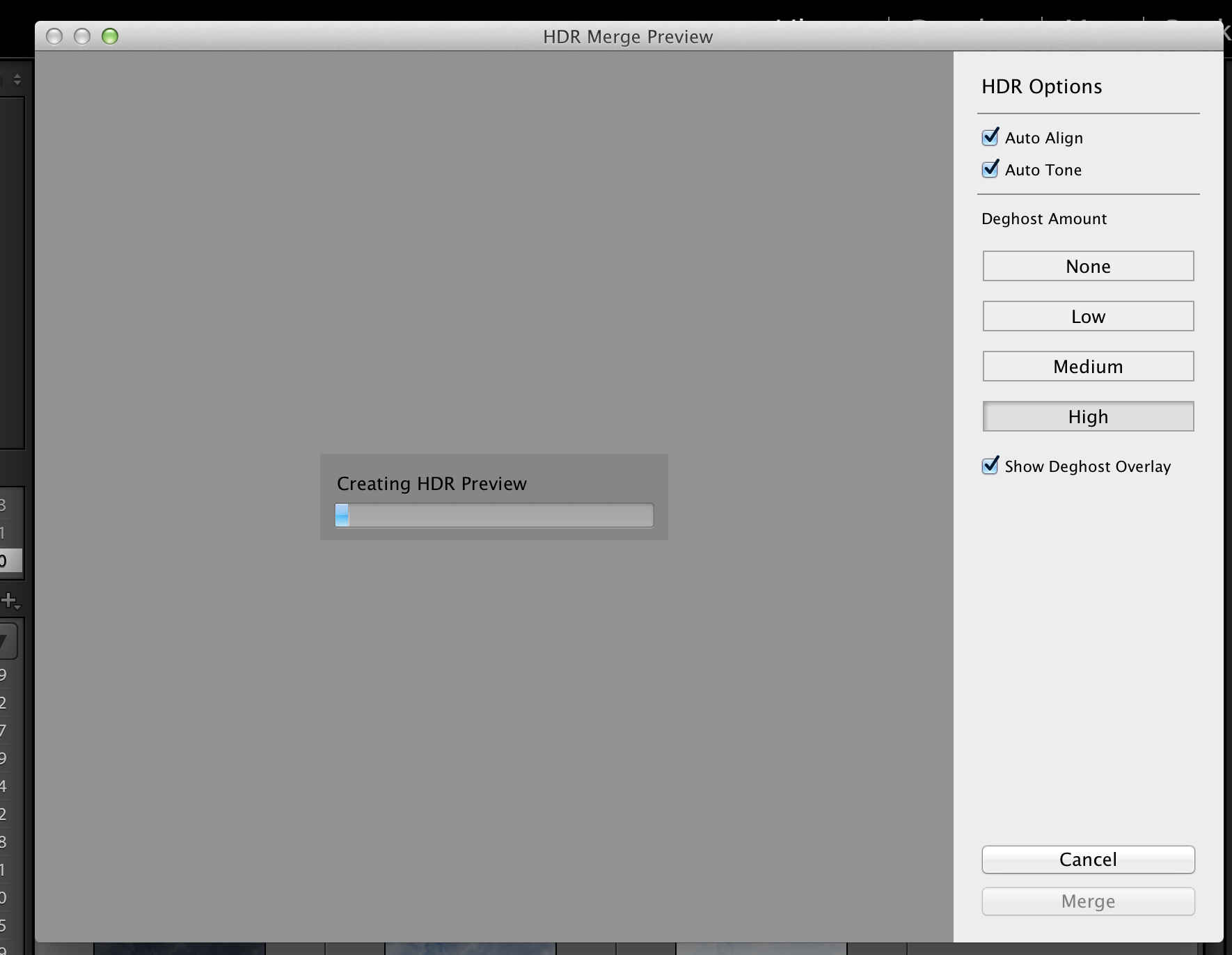

I found my apple script key code or keystrokes would not work with shift, control, and H in Lightroom so I had to record a watch me do action. Then this script perhaps could be exported as an application. It would be ideal to have a pop up asking for a value that then fills into the loop time number filed. Then in the library filter, I clicked on text, selected filename, contains, type in hdr and all the new images are in one spot.
Adobe lightroom 6 hdr update#
Fortunately, this update brings the same ability to merge HDR, Pano, and HDR Pano brackets to Lightroom CC. I fully migrated from Lightroom Classic to Lightroom CC last year and one of the features I missed most was Photo Merge.

Loop will then kick in and run the script X amount of times. HDR, Pano, and HDR Pano Merge for Adobe Lightroom CC Desktop. Paste the folder Develop Presets containing the presets into the Develop Presets folder. Go to Lightroom then to the Develop Presets folder 5. Go to the Presets tab and click on Show Lightroom Presets Folder 4. Then the script will press the right arrow twice skipping the new hdr image and selecting the next stack Open the Presets Folder in Lightroom - Win: Edit >Preferences MAC: Lightroom >Preferences 3. The new merged image will show up next to the stacked images. When creating a HDR or pano in Lightroom CC 15.6.1, the protocol shows just one entry for the import, which is not selected. The script will pause for 15 seconds to allow processing for the merge (if your computer processes slower or faster you can adjust the pause time.) Mine takes about 11 seconds on average so I added a few extra seconds of pad. This reply was created from a merged topic originally titled Lightroom CC 2015.6.1: Protocol is incomplete for HDR and pano creation.

Press control, shift, and h to start the HDR merge The bottom action loop - changes the value to the number of stacks you have per session.

Might be worth moving solo images (non-stacks) to the start or end temporarily to avoid skips I am seeking the collaboration of others with any tips or suggestions to make this better.Īuto stack by capture time (this groups the three images together) I have minimal knowledge in creating steps in Automator so this is a still a work in progress. Please note that the settings that are copied over will differ between the HDR and Panorama cases.įor a Panorama, the merge tool is changing geometric attributes, and will therefore not copy over existing geometric settings such as Lens Corrections/Upright (with the exception of Defringe settings).įor HDR, the merge tool is expanding tonal range, so existing primary tone settings (such as Exposure, Contrast, Highlights, Shadows, Whites, and Blacks) are not copied over.Bring window adobe lightroom to the front Under to Over optimum number of exposures: In the example cited in the OP, the -2/0/+2, the spread is 4 stops and requires a third exposure. In this case, merging the -1.5 and the +1.5 and ignoring the 0 should give you as good or better results than using all three exposures. Here are my current notes on the subject of HDR and Panos.Īccording to the engineering team - if your two exposures are three or less stops apart, (ie 0, -1.5, +1.5), a third exposure is not needed. I have never seen the paper issued that was discussed previously. Since my camera (and all cameras, I believe) always shoots a base exposure when bracketing, I see no advantage to creating HDRs without using that exposure, and in some situations there is a penalty for doing so. This makes sense, as LR is having to boost the underexposed image to retrieve this part of the dynamic range, and that leads to noise. My three-exposure HDRs look good, but there is substantially more noise in the two-exposure images. With no tripod, I was hand-holding these brackets, and to keep the shutter fast enough I had to use ISOs up to 3200. This results in very high contrast between the skylights themselves and the shadows almost everywhere else. Some of the cellblocks are completely abandoned, with only skylights for illumination. I was bracketing 3 shots at Eastern State Penitentiary in Philadelphia.
Adobe lightroom 6 hdr iso#
The problem is that if you are in a situation where you need to use higher ISO settings, the two-exposure HDR is likely to be noisier in the midtones. The HDR image based on two exposures is roughly the same size as one created with all three exposures (in fact, slightly larger in my case), and the Develop module adjustments have the same effects on both images. Just as with three bracketed shots (-2/0/+2), when you only use two (-2/+2) exposures the resulting LR 6 HDR looks just like the original base exposure (0) before making adjustments. I played around with this, and found that it generally works, and concluded that I will never do things this way.įirst off, it does seem to work in terms of dynamic range. The notion is that, in a 3-exposure bracket situation, you only need the over- and under-exposed shots to create the entire HDR dynamic range. Victoria Bampton mentioned on her website that the base exposure is not needed to merge to HDR in LR 6/cc.


 0 kommentar(er)
0 kommentar(er)
